Gardens aren’t just patches of greenery; they’re vibrant ecosystems bustling with life. We can shape these environments to bring beneficial animals into the gardens that contribute to the health and balance of our outdoor spaces. From small backyard birds to insects such as bees and butterflies, these creatures play crucial roles in pollination, pest control, and overall garden vitality. This blog post will explore strategies to entice these tiny wonders into our gardens and backyards.
Small Backyard Birds
Aside from their super adorableness, inviting small backyard birds can be beneficial for pest control and pollination. Having small animals in the garden can control the growth of harmful insects such as beetles, aphids, termites, mosquitos, etc.
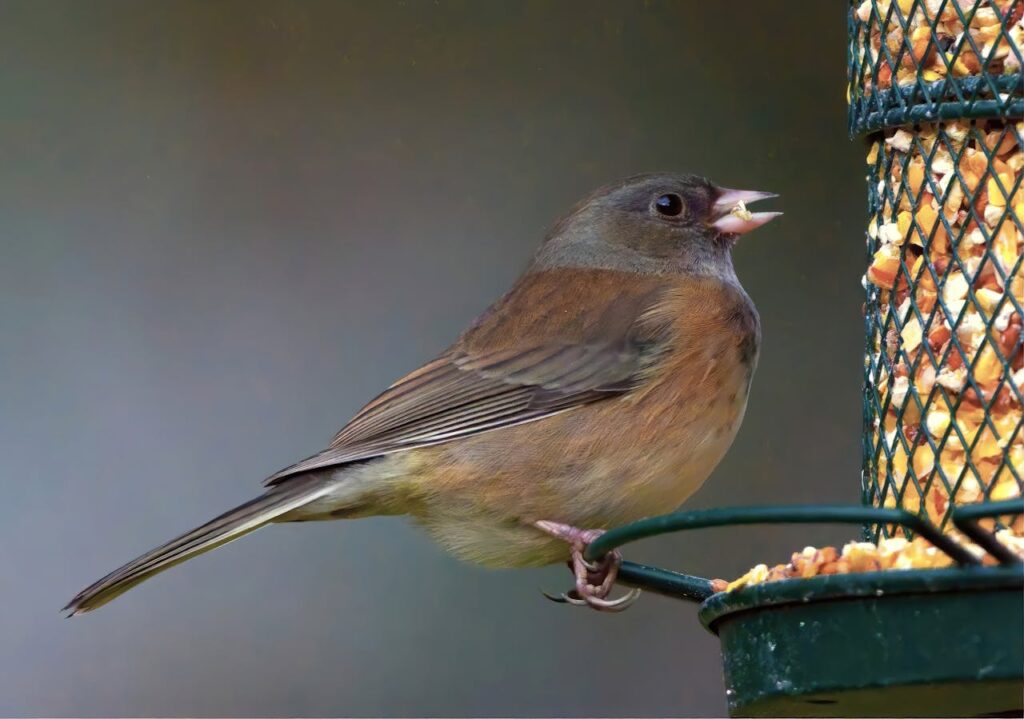
Sparrows
House sparrows are the most common type of bird present throughout the year. They are charming and lively additions to any yard, contributing to the natural balance of the ecosystem Here are several benefits of having these small animals in your garden or backyard:
- Pest Control: They are natural pest control agents as they consume a wide variety of harmful insects including caterpillars, beetles, aphids, etc.
- Seed Dispersion: Sparrows are seed eaters and can help to disperse them throughout your garden, aiding in the natural propagation of plants.
- Weed Control: Some species of sparrows also feed on weed seeds, which can help keep weed populations in check without the need for chemical herbicides.
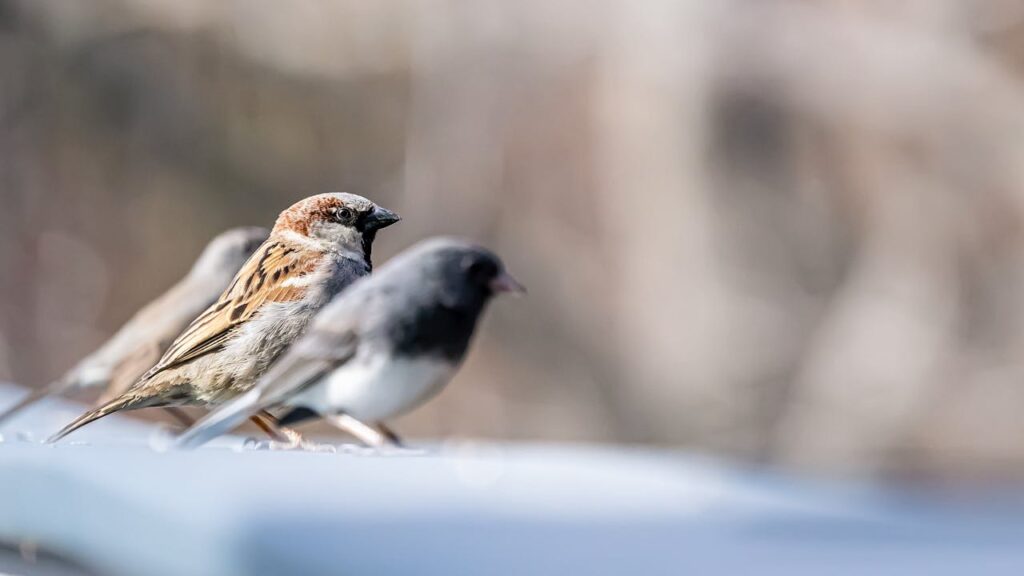
Inviting Sparrows to Your Yard
Bringing these small animals into your garden requires a few simple steps:
- Offering Food Sources: these little creatures are omnivores, feeding on seeds, insects, and berries. Fill bird feeders with a variety of seeds, including millet, sunflower seeds, and cracked corn. In addition, planting flowering plants like coneflowers, cosmos, and zinnias attracts insects, a natural food source for sparrows.
- Providing Shelter: Sparrows seek shelter in dense vegetation, shrubs, and trees. Planting native bushes and trees, such as hawthorn, juniper, and elderberry, provides ideal nesting sites and shelter from predators.
- Creating Water Stations: Like all creatures, sparrows need water. Providing a birdbath or dripping fountain will attract them to your garden, especially during hot and dry periods.
Hummingbirds
Did you know that despite being the tiniest bird species, hummingbirds have an impressive ability to consume half their body weight in bugs and nectar? It’s quite a feat for such a small creature! Enticing these tiny animals into your garden can be helpful in so many ways. Let’s see how:
- Pollination: Hummingbirds are efficient pollinators, transferring pollen from flower to flower as they feed on nectar. This process facilitates the reproduction of numerous plant species, leading to increased fruit production and overall biodiversity in your garden.
- Natural Pest Control: While primarily feeding on nectar, hummingbirds also eat small insects and spiders as a protein source.
- Garden Health and Growth: With their frequent visits to flowers, hummingbirds encourage the growth and proliferation of blooming plants. This can lead to a more vibrant and lush garden, filled with colorful flowers that attract other pollinators as well.
- Aesthetic Appeal and Stress Reduction: Hummingbirds are captivating creatures and observing these tiny birds darting around your garden adds beauty and charm to your outdoor space. In addition, the sight and sound of hummingbirds flitting about can have a calming effect, helping to reduce stress and promote relaxation.
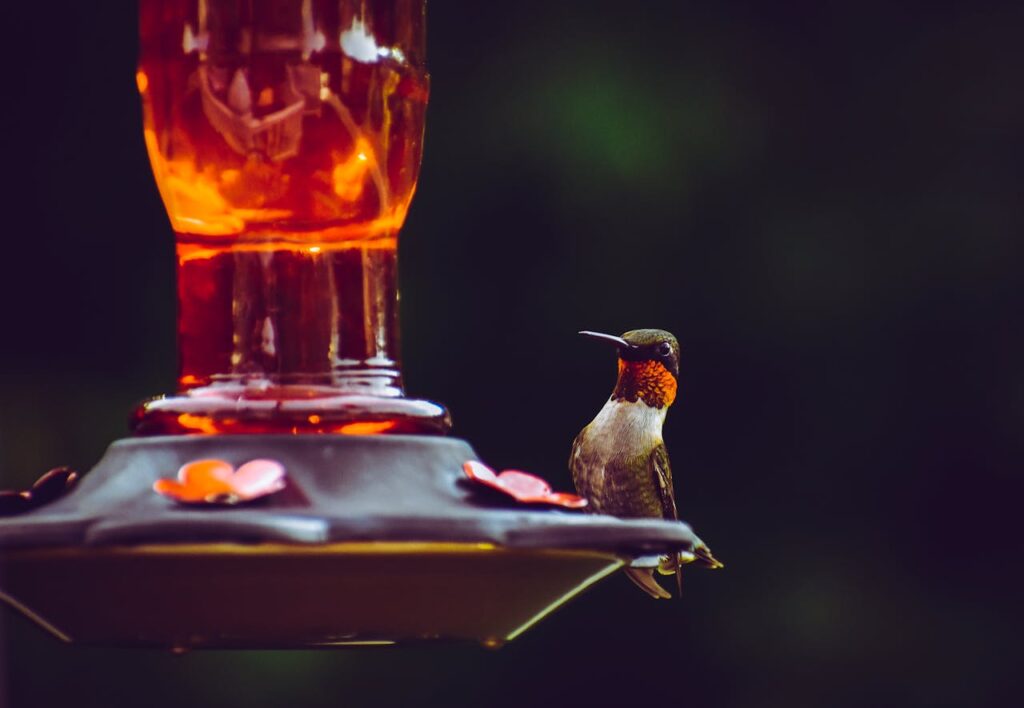
Enticing Hummingbirds into the Garden
Creating a welcoming environment for these small animals in your garden allows you to connect with nature and find moments of tranquility in your backyard. To make your garden irresistible to them, focus on these key elements:
- Plant Nectar-Rich Flowers: Hummingbirds have a strong affinity for flowers with tubular shapes and bright colors, such as trumpet vines, salvia, bee balm, and fuchsia. These flowers provide the high-energy nectar that fuels their rapid metabolism.
- Hang Hummingbird Feeders: Supplement natural nectar sources with sugar water feeders. Opt for feeders with red accents to attract hummingbirds, and remember to clean them regularly to prevent mold and bacteria growth.
- Create Perching Spots: Hummingbirds appreciate resting spots where they can observe their surroundings and conserve energy. Install small branches or perches near feeders and flower beds to accommodate these aerial acrobats.
Little Insects as Fairy Godmother
You can harness the natural abilities of little insects to promote plant health, biodiversity, and ecological balance. This can lead to a more sustainable and resilient outdoor ecosystem.
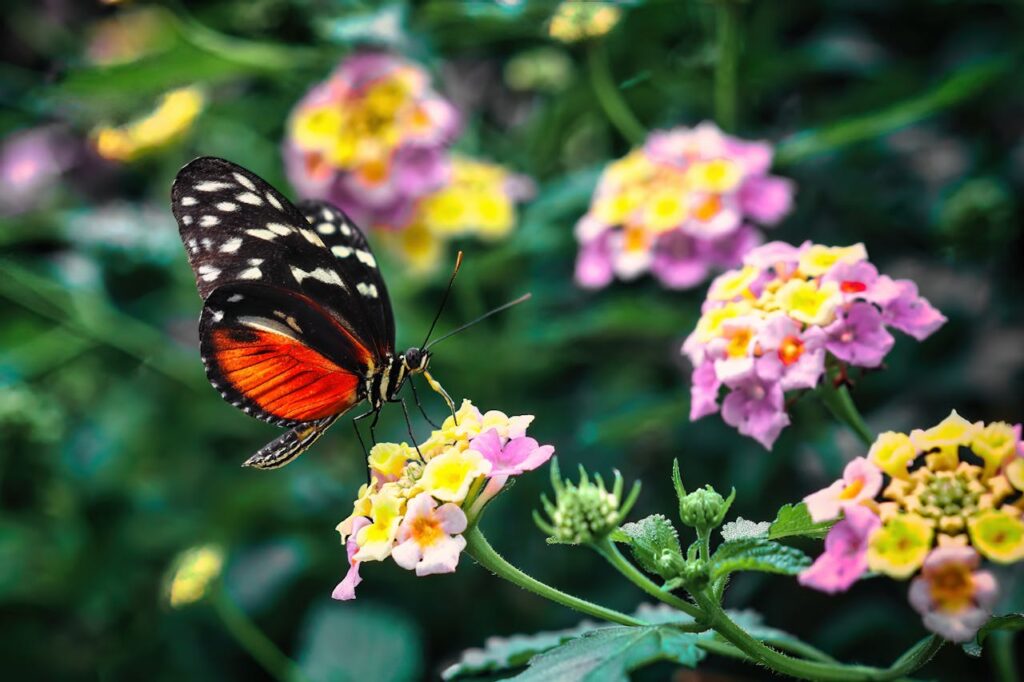
Butterflies
Butterflies are not only captivating to behold but also play a vital role in pollination and ecosystem health. Let’s explore more benefits of having a butterfly-friendly garden:
- Pollination: Butterflies are important pollinators. As they move from flower to flower in search of nectar, they transfer pollen, aiding in the reproduction of many flowering plants. Remember, 1 out of 3 bites of the food you eat is thanks to pollinators like butterflies. (Source)
- Pest control: Some butterfly larvae, such as those of the ladybug or monarch butterfly, feed on aphids and other garden pests. By encouraging butterflies to breed in your garden, you can indirectly control pest populations.
- Indicator of ecosystem health: Butterflies are sensitive to changes in the environment, including pollution and habitat loss. Having butterflies in your garden can serve as an indicator of the health of your local ecosystem (Source)
- Aesthetic appeal: Who doesn’t love those vibrant wings and graceful flights? Watching butterflies fluttering among the flowers can be a delightful experience.
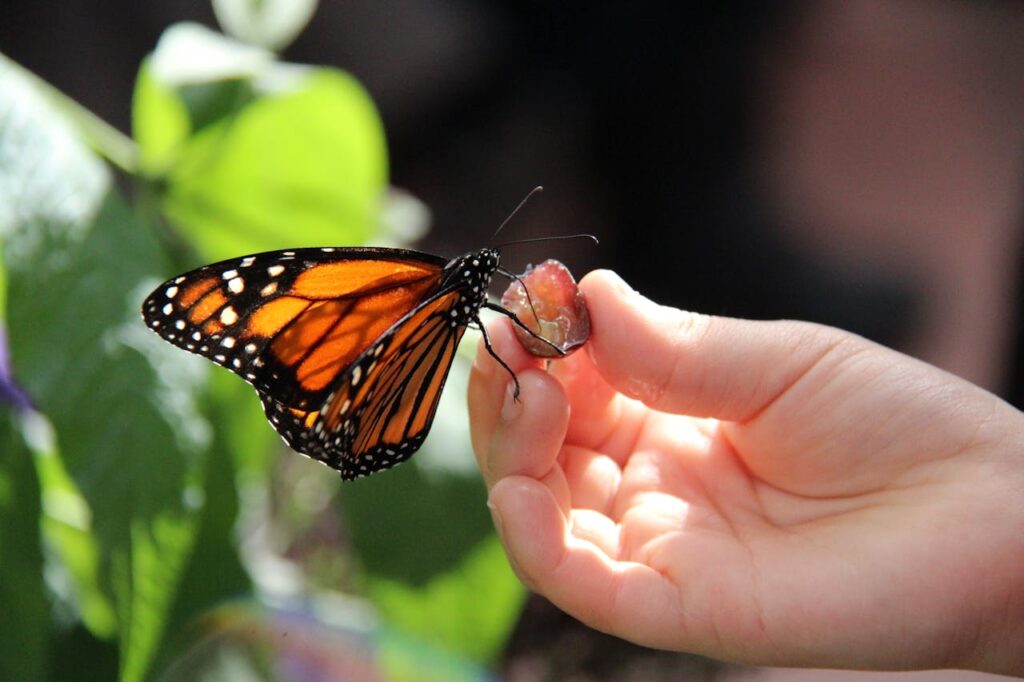
Butterfly Attractants
So, how to attract these delicate creatures to your garden or yard? Mainly, focus on cultivating plants that cater to their specific needs.
- Choose Host Plants: Different butterfly species lay their eggs on specific host plants, which serve as food sources for their caterpillars. For example, monarch butterflies rely on milkweed as their sole larval food source.
- Provide Nectar-Rich Flowers: Adult butterflies feed on nectar from flowers, so it’s essential to include various blooming plants in your garden. Opt for species with flat, open blooms and bright colors, such as butterfly bush, coneflower, and verbena, lavender.
- Create Sunlit Spaces: Butterflies are ectothermic creatures that rely on external heat sources to regulate their body temperature. Design your garden to include sunny, sheltered areas where butterflies can bask and warm their wings.
- Avoid Chemicals: Pesticides and herbicides can be harmful to butterflies at all stages of their life cycle. As DrugWatch’s recent article revealed, glyphosate, an active ingredient commonly used in herbicides, poses significant health risks to ecosystems, pollinators, and most importantly, humans.
Bees
Bees are vital pollinators for crops and wildflowers. They help to enhance pollination rates, leading to better fruit and seed production for a bountiful harvest. Let’s dive into more benefits of having a bee-friendly garden or backyard:
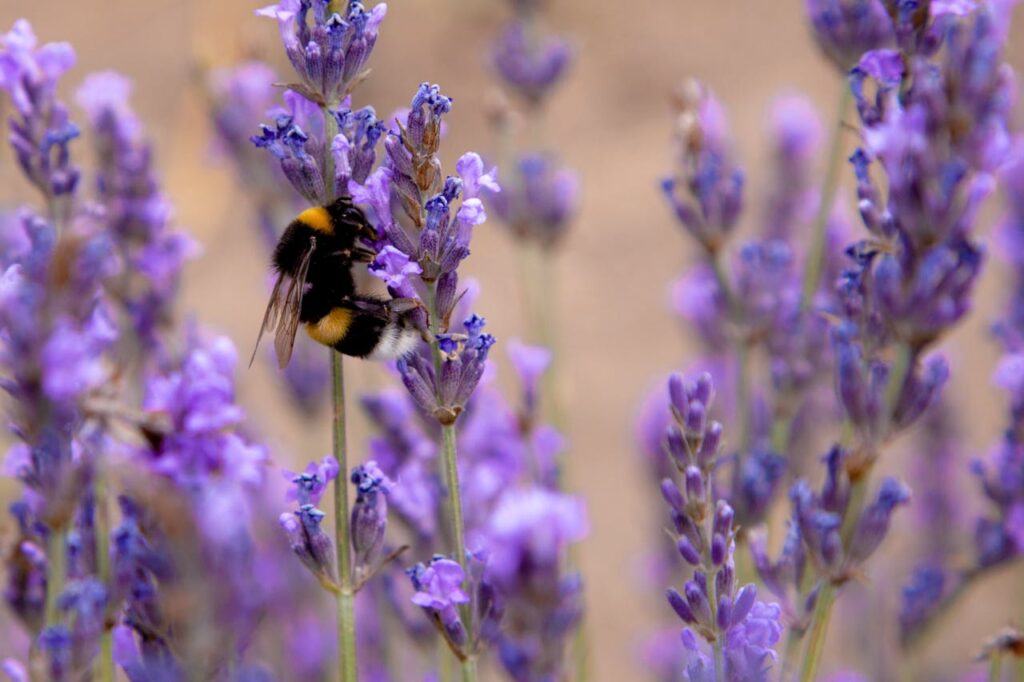
- Pollination: Bees are crucial pollinators and It’s estimated that about 35% of the world’s food production depends on pollination by bees.
- Biodiversity: These tiny creatures play a significant role in maintaining biodiversity by pollinating a wide variety of plants, which in turn supports diverse animal populations.
- Better Health and Well-Being: They produce honey, a natural sweetener enjoyed by humans for thousands of years. Honey also has antibacterial properties and can be used in various traditional remedies. In addition, beeswax is used in cosmetics, candles, and various other products.
- Clean Water and Energy: Bee pollination contributes to growth and diversity in water-related ecosystems, such as mountains and forests. Pollination also improves production for oilseed crops used as biofuels such as sunflower, canola, and rapeseed (Source)
- Seed Production: Many plants rely heavily on bees for seed production. Without bees, the reproduction of many fruit trees, berry bushes, vegetables, and herbs will be compromised. One of the most affected trees will be almond, apple, and apricot trees (Source)
- Ecosystem Services: Bees contribute to ecosystem services such as soil fertility and nutrient cycling through pollination activities.
Bee Attractants
Creating a bee-friendly environment in your yard or garden is easy if you know the right ways to attract these amazing creatures. Let’s discuss several effective ways:
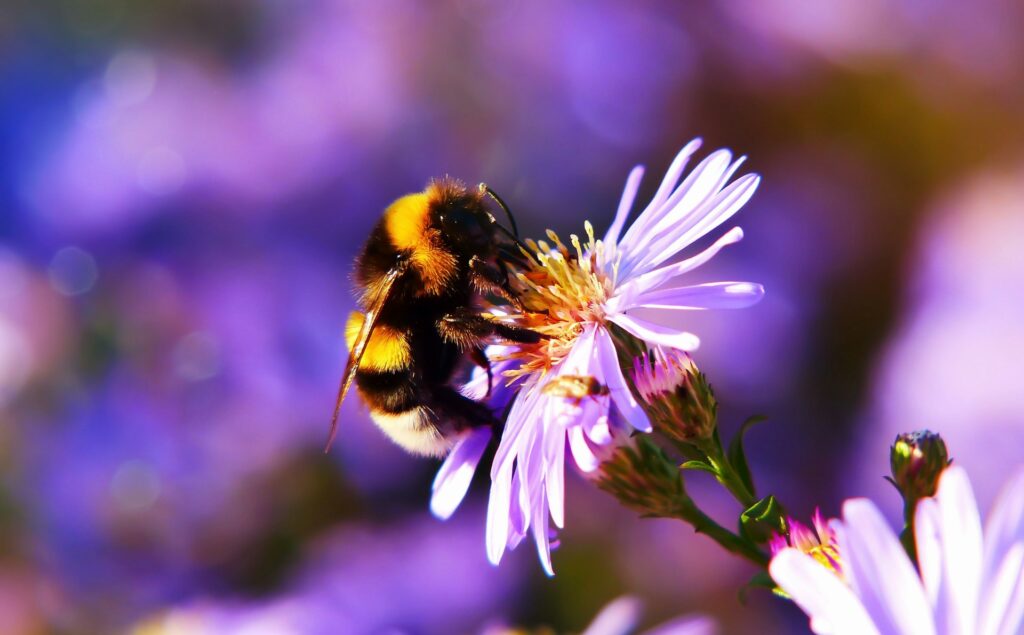
- Plant Bee-Friendly Flowers: Choose a variety of flowering plants that are rich in nectar and pollen. Opt for native species whenever possible, as they are well-suited to the local climate and attract native bee species. Some excellent bee-friendly plants include lavender, bee balm, sunflowers, cosmos, coneflowers, salvia, and wildflowers.
- Select Nectar-Rich Trees: Choose trees that produce abundant flowers rich in nectar and pollen. Some tree species are particularly attractive to bees, such as fruit trees (e.g., apple, cherry, pear), linden trees, willows, chestnuts, maple trees, and citrus trees.
- Opt out Hybridized Flowers: Hybridized flowers may produce less pollen or nectar, so consider planting heirloom or open-pollinated varieties that are more attractive to bees.
- Avoid Pesticides: Pesticides can be harmful to bees and other pollinators. Pesticide pose a serious health risk to humans too. Choose natural or organic gardening methods to control pests in your garden and avoid using chemical pesticides whenever possible.
- Create Bee Habitat: Provide nesting sites for solitary bees by leaving patches of bare, undisturbed soil or setting up bee houses or nesting boxes. You can also leave dead tree branches or logs in your garden, as some bee species nest in cavities within wood.
In Summary
Creating a welcoming environment that attracts helpful animals into your garden requires thoughtful planning and ongoing maintenance, but the rewards are well worth the effort. Not only will you enjoy the beauty and diversity of these creatures, but you’ll also contribute to the health and sustainability of your garden ecosystem for years to come.
